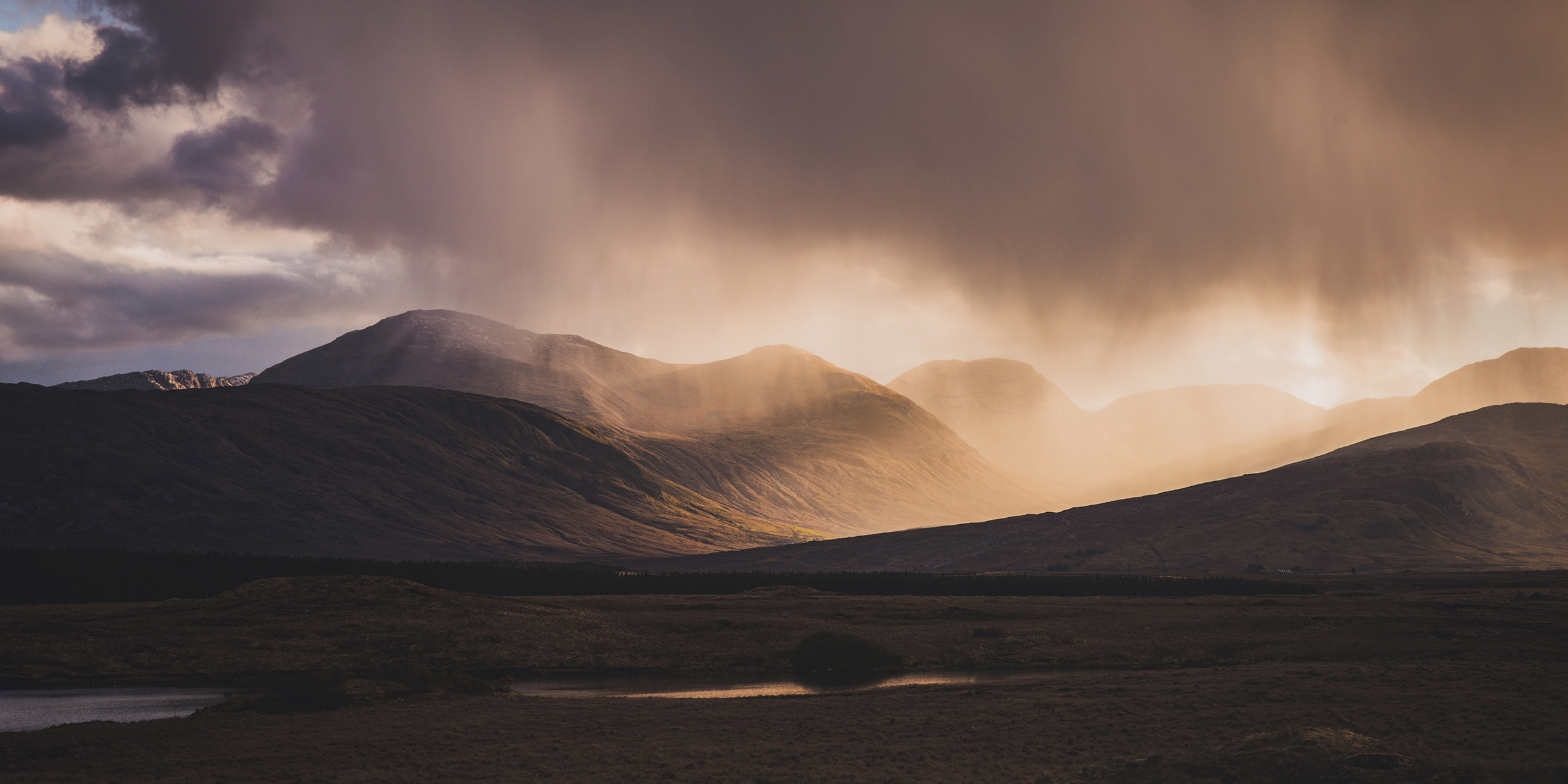Originally published 5 September 1994
DINGLE — Ireland—It had rained in sheets for 40 days and 40 nights. At last, the downpour subsided and the level of the flood began to fall. The tip of Carrantuohill mountain, Ireland’s highest, emerged like a tiny island in the sea, and Noah made for it. As he stepped ashore from the ark he met a rain-drenched Irishman, who greeted him: “A fine soft day, thanks be to God.”
Dingle, Ireland: A fine soft day, indeed.
Here in Kerry, it has rained not 40 days this summer, but 80. Nights, too. Lashing at the windows. Spattering on the roof. Streaming down the backs of our necks and legs to fill our rubber boots.
Water sluices from the hills. The fields are carpets of squish. Carrantuohill mountain is outside my window, beyond Dingle Bay, but I can’t see it. The sky is saturated with moisture, a humidity of 110 percent, as heavy with water as a soaked sponge.
Can’t read my watch because the inside of the crystal is beaded with dew. The watch is guaranteed waterproof to a depth of 50 meters. Whoever wrote the guarantee didn’t take Ireland’s dampness into account.
Valencia Island is also out there, hidden in mist, one of Ireland’s official weather reporting stations. Recorded its wettest July in 44 years, perhaps the wettest since Noah.
Sunshine? What is it? I can’t remember.
Average daily sunshine in July was about three hours. Sounds godawful, but not unusual. In a typical Irish year it rains two days out of every three. Here in Kerry it seems more like three out of three. A place for ducks. Fish. What are the tourists doing here? What am I doing here?
Gotta blame someone. Or something. It’s all that warm water out there in the North Atlantic. The air moves across it from the west, soaking up moisture like a paper towel moving across a wet kitchen counter. To wring itself out on Ireland’s west coast.
The warmer the water, the more readily evaporation occurs. And North Atlantic water is anomalously warm.
Why? The Gulf Stream. That’s what you always hear. You read it in books, newspapers, tourist brochures. The Gulf Stream laps Kerry’s shore, bringing scents of the south, tropic breezes, palm trees, fuchsia. Mexican heat pumped northwards on a river in the sea to give Ireland a mild, wet climate.
That’s what they say. But it’s not so simple.
True, the river in the sea is there. The South Equatorial Current flows across the top of South America into the Caribbean Sea. Four-and-a-half million years ago it passed into the Pacific between North and South America, which were not then connected. Then volcanic activity heaved up the isthmus at Panama. The tropical current was deflected northwards into the Gulf of Mexico.
There it is warmed further like water in a pan, finally escaping between Florida and Cuba to feed the Gulf Stream, an arrow of palmy heat aimed at Ireland.
It’s not quite clear what happens to all this liquid warmth. Somewhere near the Grand Banks of Newfoundland the boundaries of the stream get messy. The river in the sea dissolves into eddies of curling water. It collides with the cold Labrador Current coming down from the north. It peels off southwards to feed the Azores Anticyclone. Maybe some of what’s left joins the North Atlantic Drift, stoking the evaporation that douses Dingle.
But wait. Geochemist Wally Broecker of the Lamont-Doherty Earth Observatory has another idea. Broecker imagines a globe-spanning oceanic conveyor belt with its northern terminus near Iceland. Cold winds from Canada blow across the water, cooling it. The cold, dense water sinks, and flows as a deep bottom current southward around the Cape of Good Hope into the Indian and Pacific oceans. There it rises, warms, and as a shallower current returns to the Atlantic and flows northwards.
Near Iceland, this water from a tropic sea somehow finds its way to the surface where its heat is again stolen away by Canadian winds. These are the balmy, moisture-drenched westerlies that warm and wet Ireland.
So, if Broecker is right, the source of the water hanging in the air outside my window are palm-fringed oceans on the other side of the world.
But who knows? Maybe some of the moisture in Ireland’s winds is picked up way back there near Newfoundland, where the Gulf Stream is well and truly implicated. Maybe all of these processes are involved. All we know for sure is that Ireland’s winds come off an ocean, and therefore the climate here in Dingle, at latitude 52°, is milder in winter and more equable all year round than at Boston, at latitude 42°.
The price the Irish pay for their moderate climate, green fields and fuchsia-choked lanes is incessant precipitation.
Fine soft days, thanks be to God. Weeks. Months. Years.



